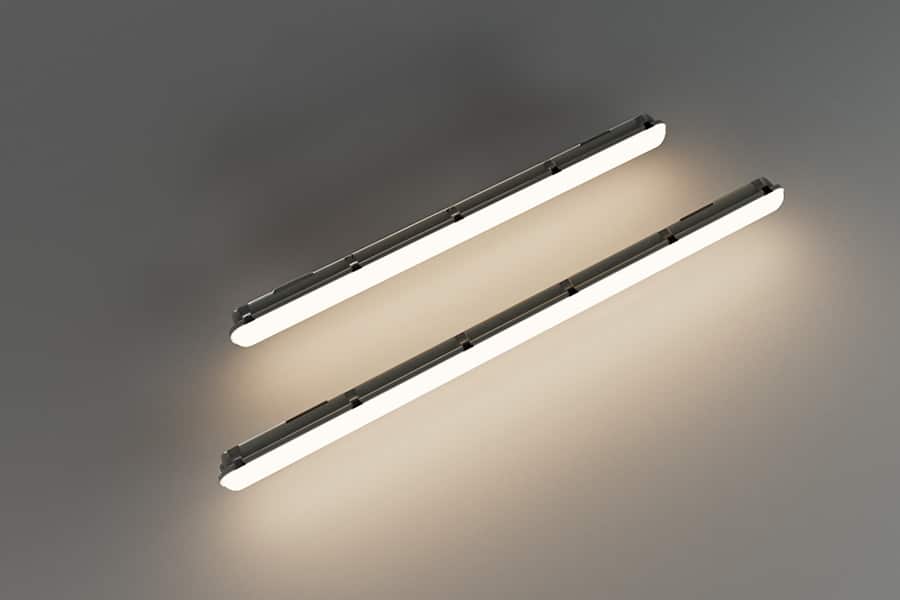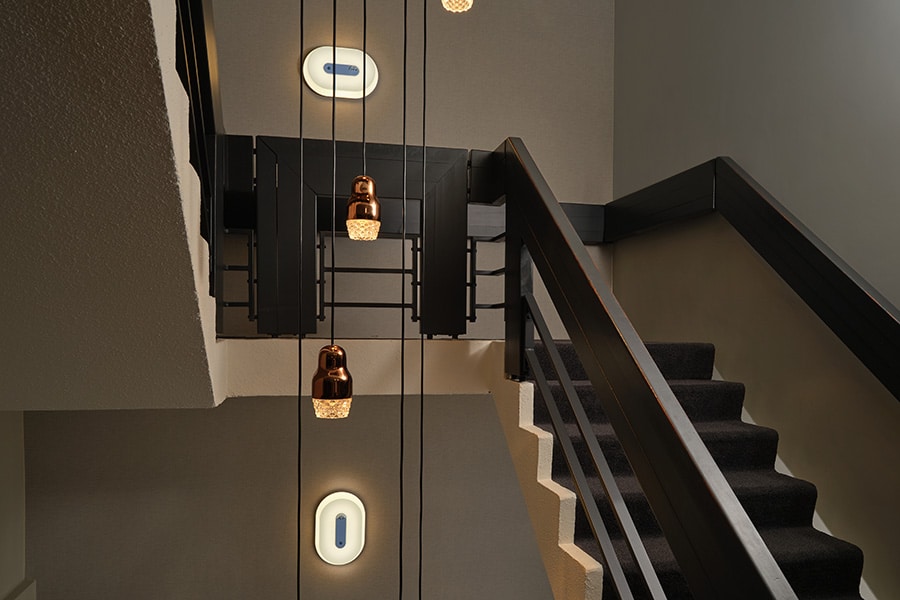
Electric floor heating as a sustainable innovation
Sustainability is no longer an optional consideration, but a central pillar of modern design. This article takes a fresh look at electric floor heating, often the subject of debate because of concerns about energy consumption, and reveals why it is, in fact, a sustainable choice. Let's explore the sustainability aspects of this technological marvel.
Local heat release provides rapid warming
At the heart of electric floor heating's energy efficiency lies its unique approach to heat delivery. Unlike central heating systems that distribute heat through air circulation, underfloor heating works by directly heating both the floor and the room. This minimizes heat loss and provides faster warming of the environment. As a result, significantly less electricity is consumed to maintain the desired temperature. This is an essential feature of sustainability, using energy responsibly.

Accurate temperature measurement with floor sensors
Electric floor heating offers not only efficient heat delivery, but also precise temperature control. Floor sensors play a crucial role here, measuring the temperature at the location where the heat is actually delivered, namely the floor. Compared to traditional thermostats, these sensors offer remarkable precision in temperature measurement. This contributes to effective heating control that not only increases comfort but also promotes energy savings.
Individual room control for efficient energy use
One of the most sophisticated features of electric floor heating is the ability to provide individual room control. This offers architects and interior stylists the chance to adjust each space individually to the needs of specific rooms through individual thermostats. This not only provides more control over the heating of different zones, but also promotes more efficient use of energy, which fits within sustainable design concepts.

Long-term reliable
Sustainability extends beyond energy efficiency. Electric floor heating systems are exceptionally reliable and require minimal maintenance. This results in long-term durability, as these systems continue to operate efficiently and reliably for many years. This reduces the need for frequent repairs and replacements, which not only provides cost savings, but also contributes to a more environmentally friendly approach to heating solutions.




